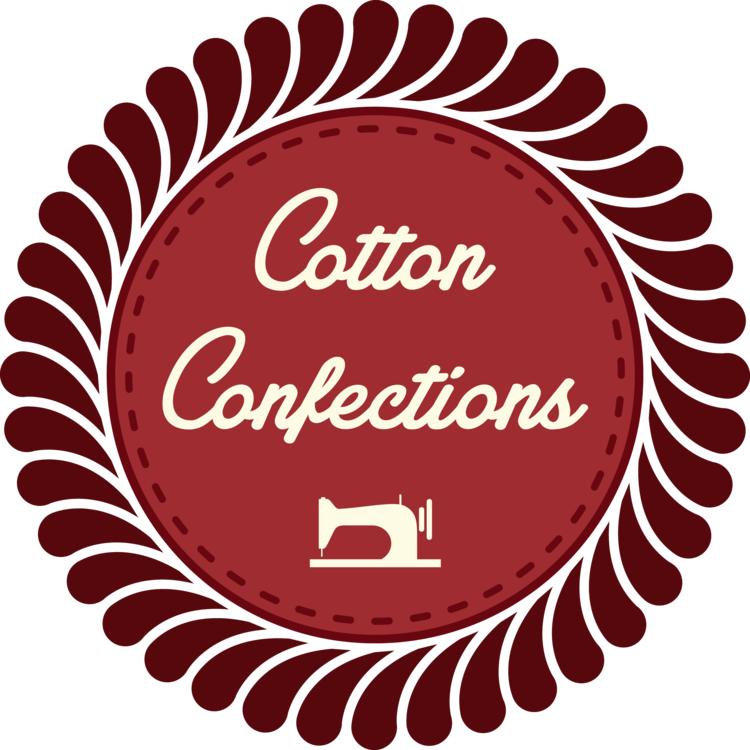I have recently been addicted to an ancient but forever and ever popular craft form – QUILTING. More precisely, I was entranced by the magic and marvel of rotary-cut, machine pieced traditional American patchwork. I blame on Harriet Hargrave. Two months ago I stumbled upon a book called Heirloom Machine Quilting from Amazon, and borrowed it from the library to take a browse before deciding whether I should invest on it. It’s not the machine quilting, but the beautiful patchwork patterns that engrossed my eyes. I was familiar with quilting and knew the basics of it. I check out Thimble Blossoms, PamKittyMorning, Nana Company and Cluck Cluck Sew regularly for eye candies and inspirations. One of my Pinterest board is designated to quilting. Throughout the years I have also collected fabrics from Moda, Kokka, Kona, Marcus Brothers, etc. to fill in my Ikea plastic bins. My favourite craft magazines include Quiltmania and Quilt Sampler, both I have been collecting since 2008. However, I didn’t attempt to learn about quilting dedicatedly since my priority had always been knitting. Harriet’s book ignited my passion for quilting, and in the past two months I had purchased more than two dozens of quilting books online and from used bookstores. Needless to say, my purchases included almost all books published by Harriet. I even ordered the third edition of Heirloom Machine Quilting (for its higher quality photos) and the Art of Classic Quiltmaking (just curious) from used book sellers in Amazon.
Her Quilter’s Academy Series, in my opinion, is indispensible to every SERIOUS NEW QUILTER who is willing to be patiently learning all the tricks of the trade in a progressive and rational approach. Although the projects presented in these books were not as appealing as those featured in my favorite blogs, the topics, techniques, tips and tools covered are so much more in-depth and broader. They make me smile and realize how machine piecing can be done in a streamlined and painless way without sacrificing precision.
Urging to refine my techniques and explore the fun of designing quilts, I started a sampler quilt project. These twenty-five blocks are 6” x 6” nine-patch designs chosen from Judy Hopkins’ 501 Rotary-Cut Quilt Blocks. They involve only squares, 45-degree triangles, and some rectangles, so I believe they should be great for a novice.
Fabrics were selected from my stash in blue, yellow and red tones. Since my stash is not so stuffed at this stage (though I believe it will be very soon), they are a mix of reproduction and modern fabrics, including:
Moda’s La Petite Ecole by French General, Hometown by Sweatwater, Antique Fair by Blackbirds, Recipe Friendship by Mary Engelbreit, Love – Collections for a Cause by Howard Marcus, Lilac Hill by Brannock & Patek, and Rustic Americana by Polly Minick & Lauri Simpson.
Marcus Brothers’ Lancaster County by Judie Rothermel, some other Marchus Brothers that I can no longer retrieve their identities.
A blue-tone pierce from Westminster Free Spirit.
A blue-tone fat-quarter from Springs Industries Inc., and A bit of other odds and leftovers that I can’t even recognize their brands.
I found fabrics from Marcus Brothers’ and Springs Industries Inc. are stronger and thicker than the rests, so I have to mix them carefully to balance the weights of my blocks.
So far I have completed four of the twenty-five blocks. While making these blocks, I kept referring to the Quilt Academy – Vol. 3 frequently. There the Hargraves show different methods of half-square triangles, quarter-square triangles, three-piece triangles and flying geese. So far my fondest way to make half-square triangles is to sew diagonal lines on a large square and cut vertically and diagonally to yield eight squares at one time (Method #7, Page 25)! It’s a great way to consume scraps and try out different colour combinations while requiring less fabric than the “sheeting up” methods. I would then use two half-triangle squares to yield two quarter-square triangles, and use one half-triangle square and one plain square to yield two three-piece triangle squares (Page 55-58). In addition, I found the 4x flying geese piecing method (Page 71) is so clever! While piecing the blocks I also learned from mistakes.
For the first block, I forgot to trim the half-triangle squares to its correct size, and my block was about ¼ bigger than the supposed 6 ½ x 6 ½ finished size. Even though I later trimmed each side down to the correct dimension, when sashed, the pointy angles along the sides will be hidden in the seam allowances! Sigh… I could have been more careful! Then, I realized that I do not have to take the advice of cutting the pieces slightly bigger. I can cut them more accurately and eliminate the trimming procedure.
There are still much more techniques to learn and sample blocks to practice. I enjoy piecing with my sewing machine, and I can’t wait to update my journey in quiltmaking!




